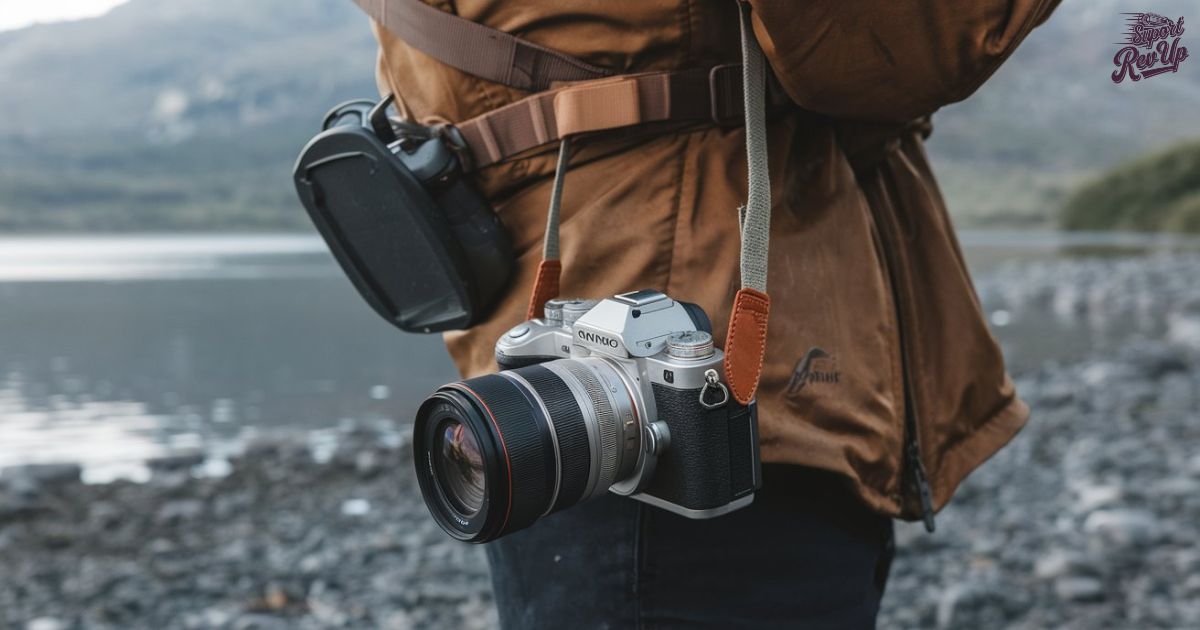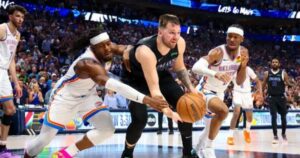Are you a photographer who’s tired of lugging around your heavy DSLR? You’re not alone. Whether you’re capturing breathtaking landscapes, heart-stopping sports moments, or elusive wildlife, having the right gear to support your camera is crucial.
That’s where the 3 point slinger for camera comes in. In this comprehensive guide, we’ll dive deep into the world of camera slingers, exploring the top 5 options available in 2024 for USA-based photographers.
We’ll look at how these innovative accessories can improve your shooting experience, reduce fatigue, and ultimately help you capture better images.
What Is A 3-Point Slinger For Cameras?
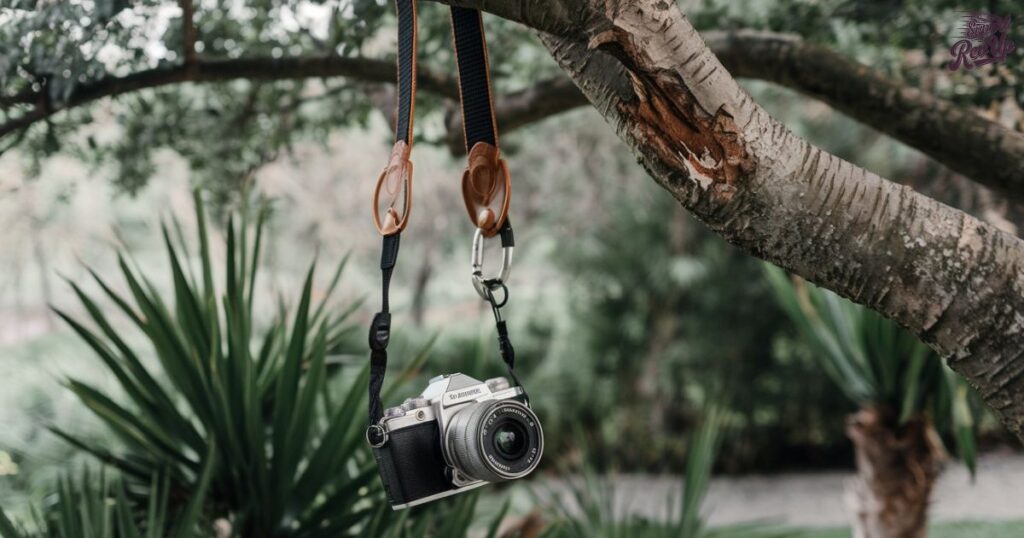
Before we jump into our top picks, let’s break down what exactly a 3 point slinger is and why it’s become a game-changer for photographers across various genres.
A 3 point slinger is an ergonomically designed camera strap system that distributes the weight of your camera and lens across your body more evenly than traditional neck or shoulder straps. It typically consists of a main strap that goes diagonally across your torso, a stabilizing strap that goes under your arm, and a connection point to your camera.
This tri-point design allows for quick access to your camera while providing superior stability and comfort during long shooting sessions.
The benefits of using a 3 point slinger are numerous:
- Improved weight distribution: By spreading the load across your body, it reduces strain on your neck and shoulders.
- Enhanced stability: The design minimizes camera shake, which is crucial for achieving sharp images, especially in low light conditions.
- Quick access: Unlike a camera in a bag, your gear is always ready at your side, allowing you to capture fleeting moments.
- Versatility: Many 3 point slingers are adjustable, making them suitable for various body types and shooting styles.
Whether you’re into landscape photography, sports photography, or wildlife photography, a 3 point slinger can significantly improve your shooting experience and potentially your image quality by reducing fatigue and camera shake.
Top 05: We Tested All Those 3 Point Slinger for Camera
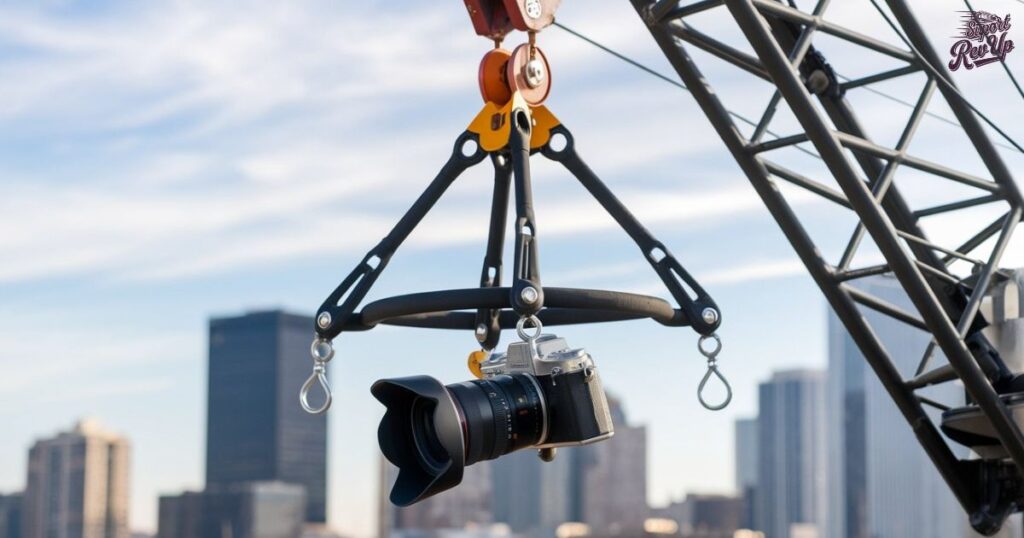
To bring you the most accurate and helpful information, we’ve put these 3 point slingers through their paces. Our testing methodology involved using each slinger in various real-world photography scenarios, from long hikes for landscape shots to fast-paced sports events. We evaluated them based on comfort, durability, ease of use, quick-release functionality, and overall value for money.
Let’s dive into our top 5 picks for the best 3 point slinger for camera in 2024.
1. Peak Design SL-BK-3 Slide Camera Sling
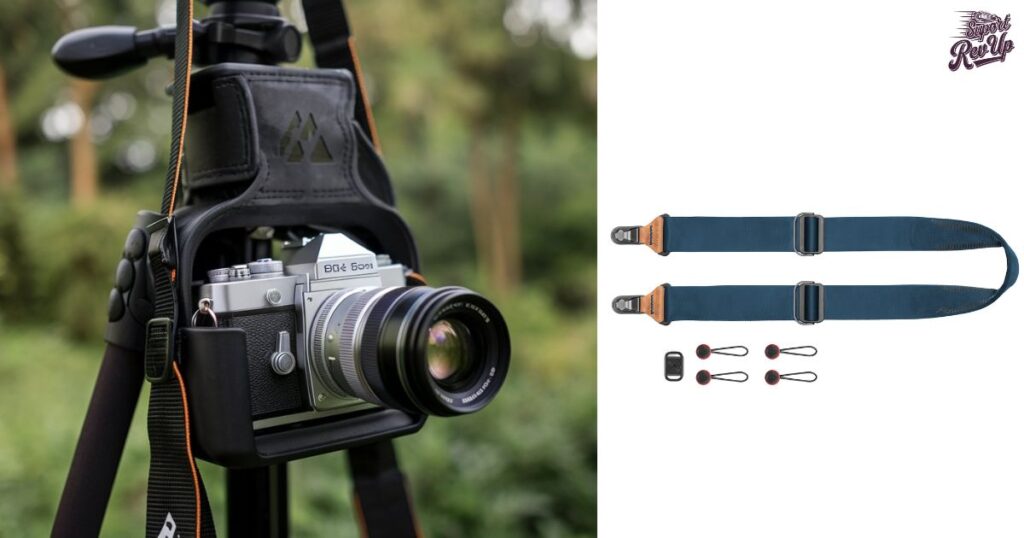
The Peak Design SL-BK-3 Slide Camera Sling stands out as a versatile and well-crafted option for photographers who demand the best from their gear.
Key Features:
- Innovative quick-adjust sliders for easy length changes
- Dual-sided Arca-type tripod plate compatibility
- Unique internal padding for comfort and grip
Pros:
- Extremely versatile, can be worn as a sling, neck strap, or shoulder strap
- High-quality materials ensure durability
- Sleek, professional look
Cons:
- Higher price point compared to some competitors
- May be overkill for casual photographers
Real-world Performance: In our tests, the Peak Design Slide excelled in various situations. The quick-adjust feature was particularly useful when switching between shooting positions, allowing for seamless transitions from walking to shooting.
The padding provided excellent comfort even during extended use, and the grip ensured the strap stayed in place during more active shoots.
This sling is best suited for professional photographers or serious enthusiasts who shoot across multiple genres and need a strap that can keep up with diverse shooting scenarios.
2. Altura Camera Sling
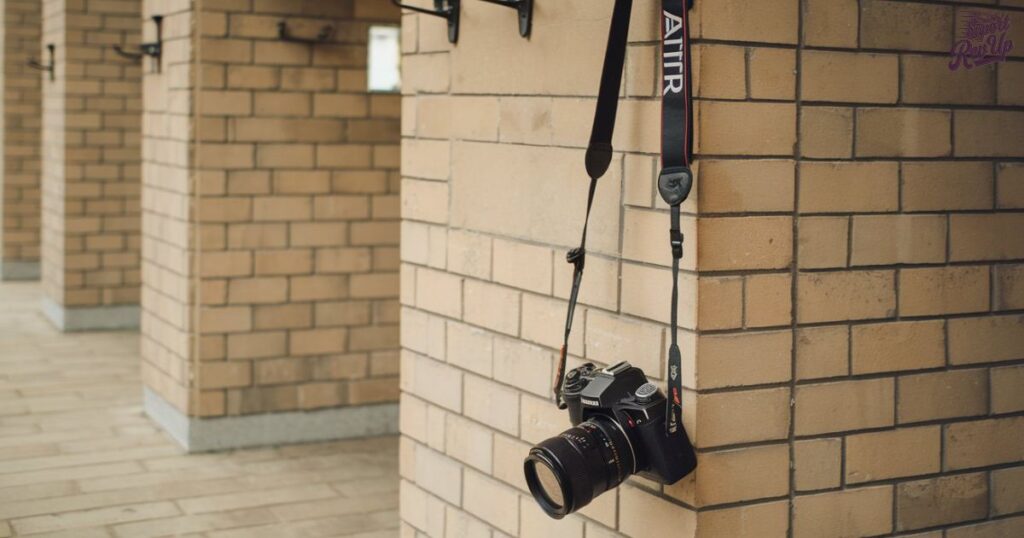
The Altura Camera Sling offers a great balance of functionality and affordability, making it an excellent choice for photographers on a budget.
Standout Characteristics:
- Neoprene construction for durability and weather resistance
- Built-in safety tether for added security
- Comfortable, wide strap design
Advantages:
- Excellent value for money
- Suitable for a wide range of camera sizes
- Easy to adjust on the go
Disadvantages:
- Not as feature-rich as some premium options
- May not be as durable as higher-end slingers
Field Test Results: The Altura Camera Sling performed admirably in our tests. Its wide strap distributed weight effectively, reducing fatigue during long shooting sessions.
The neoprene construction provided good protection against light rain, which is a plus for outdoor photographers. The safety tether gave us peace of mind when using heavier DSLR setups.
This sling is ideal for enthusiast photographers who want a reliable, comfortable strap without breaking the bank. It’s particularly well-suited for landscape and travel photography where versatility and weather resistance are key.
3. USA GEAR TrueSHOT Camera Strap
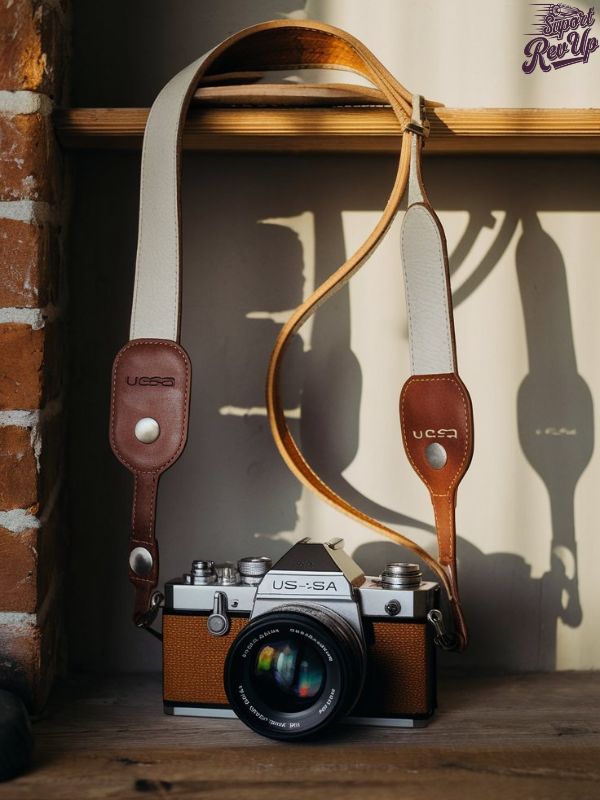
The USA GEAR TrueSHOT Camera Strap brings a unique blend of comfort and functionality to the table, with some features that set it apart from the competition.
Unique Selling Points:
- Memory foam padded shoulder strap for superior comfort
- Multiple accessory pockets for storing memory cards, batteries, etc.
- Compatibility with both DSLR and mirrorless cameras
Strengths:
- Exceptional comfort for long shooting sessions
- Added storage is convenient for on-the-go photographers
- Affordable price point
Weaknesses:
- Bulkier design may not appeal to minimalist photographers
- Pockets can become a distraction if overfilled
Hands-on Experience: During our testing, the USA GEAR TrueSHOT stood out for its comfort. The memory foam padding made a noticeable difference during extended use, especially with heavier camera setups.
The accessory pockets proved handy for keeping essential items within reach, though we found it best not to overfill them to maintain the strap’s balance.
This strap is best suited for photographers who prioritize comfort and appreciate having quick access to accessories. It’s particularly well-suited for event photographers or those who spend long days shooting and need to carry extra batteries or memory cards.
4. Waka Adjustable Camera Shoulder Sling
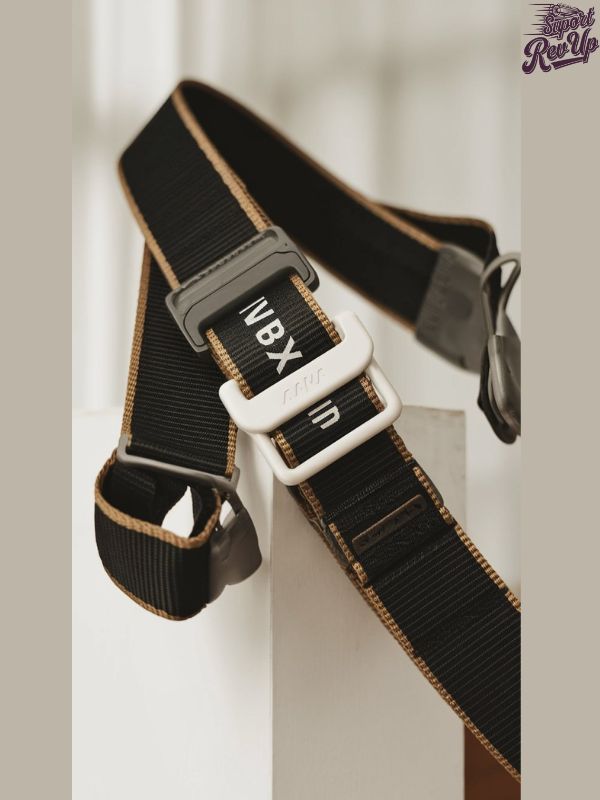
The Waka Adjustable Camera Shoulder Sling offers a straightforward, no-frills approach to the 3 point slinger concept, focusing on essential functionality and ease of use.
Notable Attributes:
- Simple, intuitive design
- Quick-release buckle for easy camera detachment
- Adjustable length to fit various body types
Pros:
- Easy to use, even for those new to 3 point slingers
- Lightweight design adds minimal bulk
- Affordable option for budget-conscious photographers
Cons:
- Less padding compared to some competitors
- May not be suitable for very heavy camera setups
Performance Review: In our real-world testing, the Waka sling proved to be a reliable performer. Its simplicity was a strength, allowing for quick adjustments and easy camera access.
While it may not have the plush padding of some higher-end models, it distributed weight effectively for most mirrorless and lighter DSLR setups.
This sling is ideal for photographers who prefer a minimalist approach or those just starting to explore alternatives to traditional camera straps. It’s particularly well-suited for street photography or travel, where a low-profile, easy-to-use strap is advantageous.
5. Foto&Tech DSLR Adjustable Padded Shoulder Sling Strap
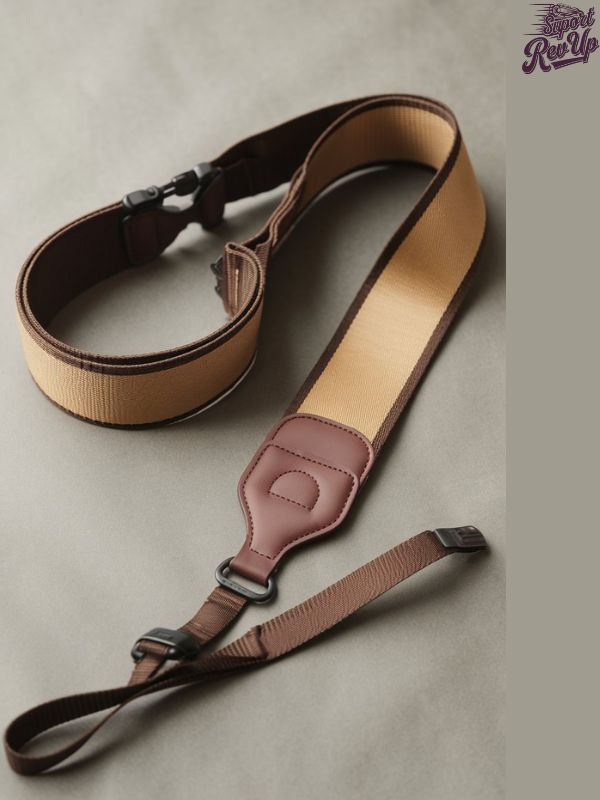
Rounding out our top 5 is the Foto&Tech DSLR Adjustable Padded Shoulder Sling Strap, a robust option that caters to photographers with heavier gear.
Distinctive Features:
- Extra-wide, heavily padded strap for maximum comfort
- Reinforced stitching for durability
- Compatible with a wide range of camera types and sizes
Advantages:
- Excellent for supporting heavier DSLR and lens combinations
- Durable construction built to last
- Good value for the quality offered
Limitations:
- May be overkill for smaller, lighter camera setups
- Bulkier design may not suit all shooting styles
Real-world Usage: Our testing revealed the Foto&Tech sling to be a workhorse. Its extra-wide, padded design excelled at distributing the weight of heavier camera setups, making it a favorite among our testers who use full-frame DSLRs with hefty lenses.
The reinforced stitching held up well under stress, inspiring confidence in its long-term durability.
This sling is best for photographers who regularly shoot with larger, heavier camera systems. It’s particularly well-suited for wildlife or sports photographers who often use long telephoto lenses and need a strap that can handle the weight comfortably.
Things To Remember While Buying 3 Point Slinger for Camera
When choosing the right 3 point slinger for your camera, there are several crucial factors to consider:
- Comfort and ergonomics: Look for a sling with sufficient padding and a design that distributes weight evenly across your body. Remember, what feels comfortable in a short test may feel different after hours of use.
- Durability and material quality: Your camera is valuable, so ensure the sling is made from high-quality materials that can withstand regular use and protect your gear. Look for reinforced stitching and robust hardware.
- Adjustability and versatility: A good 3 point slinger should be adjustable to fit your body type and shooting style. Some slings can be worn in multiple configurations, which can be a bonus for versatile photographers.
- Quick-release mechanism: This feature allows you to quickly detach your camera from the sling, which can be crucial for certain types of photography or when you need to switch to a tripod quickly.
- Weight capacity: Ensure the sling can comfortably support the weight of your camera and heaviest lens combination. Some slings are better suited for lighter mirrorless setups, while others can handle hefty DSLR rigs.
- Additional features: Some slingers come with extra pockets for memory cards or batteries, while others might have weather-resistant properties. Consider which additional features might be beneficial for your shooting style.
Remember, the best 3 point slinger for you will depend on your specific needs, the type of photography you do, and the gear you typically use. Don’t be afraid to invest in quality – a good camera sling can significantly improve your shooting experience and potentially the quality of your images by reducing fatigue and providing quick access to your camera.
Conclusion
As we’ve explored in this comprehensive guide, the right 3 point slinger can make a world of difference in your photography. From the versatile Peak Design SL-BK-3 Slide to the comfort-focused Foto&Tech DSLR sling, each of our top 5 picks offers unique benefits to suit different photographic needs and styles.
Whether you’re a professional photographer looking for the ultimate in comfort and functionality, or an enthusiast seeking a budget-friendly option to improve your shooting experience, there’s a 3 point slinger out there for you. By considering factors like comfort, durability, adjustability, and your specific photography needs, you can find the perfect sling to support your creative journey.
Remember, investing in the right camera support system is not just about comfort – it’s about enabling yourself to focus on what really matters: capturing those perfect moments. So why not give a 3 point slinger a try? Your shoulders (and your photos) will thank you.
FAQs
How Would One Wear a Three-Point Slinger?
Wearing a three-point slinger is straightforward once you get the hang of it. Here’s a step-by-step guide:
- Start by putting the main strap over your head and onto your shoulder, with the pad resting on your shoulder blade.
- Adjust the length so that your camera sits comfortably at your hip when attached.
- Take the stabilizer strap (the third point) and secure it under your arm, connecting it to the main strap.
- Adjust all straps for comfort. The camera should rest at your hip and move smoothly to your eye when lifted.
For optimal comfort:
- Ensure the weight is distributed across your torso, not just on one shoulder.
- Adjust the stabilizer strap snugly but not too tight to prevent the sling from sliding.
- Practice quick adjustments so you can easily tighten the sling for active movement or loosen it for shooting.
How would one attach a camera to the three-point slinger?
Attaching your camera to a three-point slinger typically involves these steps:
- Most slingers come with a screw that attaches to your camera’s tripod mount. Secure this firmly, but be careful not to over-tighten.
- Some models use a quick-release plate system. In this case, attach the plate to your camera, then clip it into the sling’s attachment point.
- Always double-check that your camera is securely fastened before letting go.
- If your slinger has a safety tether, attach this to a sturdy part of your camera for added security.
Variations between models:
- Some slingers use a locking carabiner system instead of a screw mount.
- High-end models might have proprietary attachment systems for quicker release.
- Certain slingers are compatible with Arca-Swiss style plates, allowing for seamless transitions between the sling and a tripod.
Always refer to your specific slinger’s instructions, as attachment methods can vary between brands and models.
How Different Are Three-Point Slingers From Standard Camera Straps?
Three-point slingers and standard camera straps differ significantly in design, functionality, and comfort:
- Design differences:
- Standard straps typically go around the neck or over one shoulder.
- Three-point slingers use a cross-body design with an additional stabilizing strap.
- Functionality comparison:
- Standard straps often leave the camera swinging or bouncing against your body.
- Three-point slingers keep the camera secure at your hip, ready to shoot, but out of the way when not in use.
- Slingers often allow for quicker camera access and smoother lifting to shooting position.
- Comfort and convenience factors:
- Standard straps can cause neck and shoulder strain, especially with heavier cameras.
- Three-point slingers distribute weight across the body, reducing fatigue during long shoots.
- Slingers often include quick-adjust features for easy transitions between walking and shooting positions.
In essence, while standard straps are simple and ubiquitous, three-point slingers offer enhanced comfort, stability, and functionality, especially for photographers who shoot for extended periods or in dynamic situations. They represent an evolution in camera carrying technology, designed to address the limitations of traditional straps.
More Post:

Empowering Today, Shaping Tomorrow” delivers the Latest News, Tech insights, and Financial updates, inspiring readers to stay informed and make impactful decisions for a better, brighter future.
